NATIONAL MUSEUM OF NATURAL HISTORY
A Shopper’s Guide to Dinosaur Gifts
Tips to help you buy scientifically accurate dinosaur gifts for your loved one.
/https://tf-cmsv2-smithsonianmag-media.s3.amazonaws.com/blogging/featured/Dippy_Lead_Image.jpg)
For many, dinosaurs are a fun and exciting window into science and the history of our world. Gifting dinosaur books and toys for the holidays or a birthday is a great way to encourage fun and education in adult and child dinosaur lovers alike. But be careful, many dinosaur products are as much fantasy as scientific fact. Check out the details below to help you buy scientifically accurate dinosaur gifts for your loved one.
Velociraptors had feather
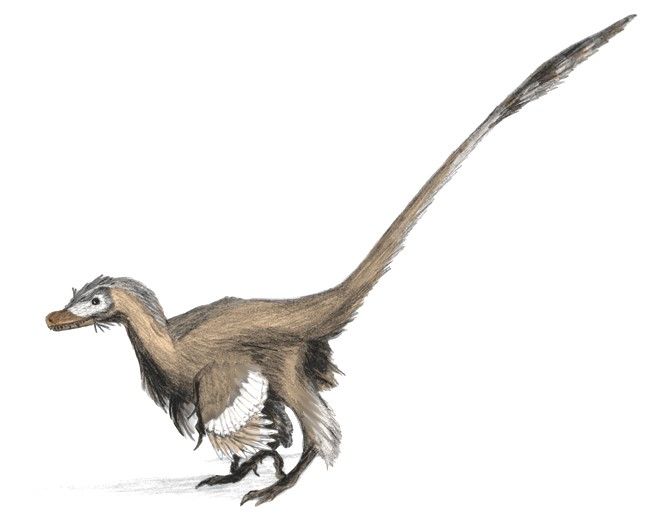
Probably the biggest change in pop culture depictions of dinosaurs has been the discovery that some dinosaurs had feathers — most notably the velociraptor.
Rest assured, you don’t need to look for a triceratops with feathers - you probably wouldn’t find one. Only certain two-legged dinosaurs, like the Therizinosaurus, Troodon, or any species of raptor, sported plumage. These feathered dinosaurs — known as coelurosaurian theropods — are the ancestors of modern birds and looked the part.
“We don’t have direct evidence of feathers on every single animal, but we have many, many excellent fossils of dinosaurs up and down their family tree that do have feathers,” says Matthew Miller, a paleontologist at the museum. “If all your ancestors had feathers and all your descendants have feathers, then you probably have feathers.”
All of these dinosaurs along with their non-feathered therapod relatives — non-coelurosaurian theropods like Allosaurus, Dilophosaurus, and Spinosaurus — should have their claws facing each other. Many toys feature these species with their palms facing downwards, which is an impossible position for these animals.
A king-sized mystery
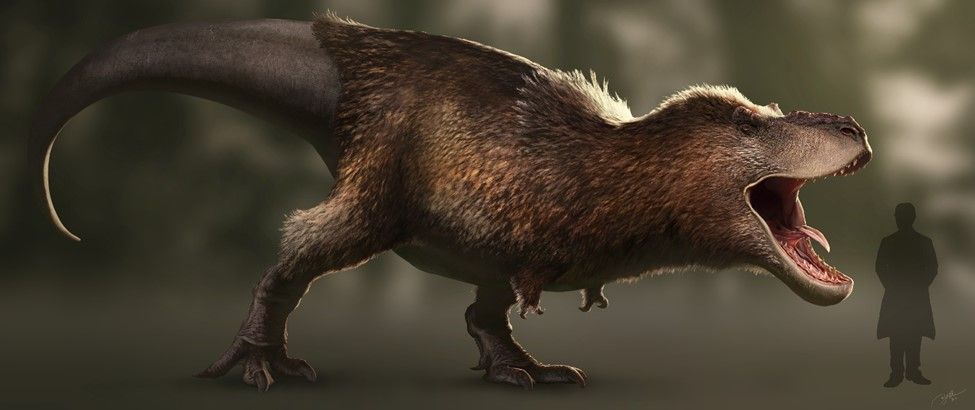
If you already knew that velociraptors should have feathers, you might still be surprised to learn that the Tyrannosaurus rex was also a feathered dinosaur.
Whether adult T. rex’s had feathers is still a matter of scientific debate. A recent scientific article that looked at several T. rex skin impressions from the underside of the neck, chest and tail found no evidence of feathers. But they still might have sported plumage on their back, head or tail.
Based on what scientists know about their relatives and modern birds, young T. rex probably had downy feathers, even if they had no feathers as adults.
Like the rest of the theropods, its hands should face inwards, but its hands have a unique trait that set it apart. Whereas other therapods had three fingers, the T. rex should only have two.
Good posture is key
You’ve probably seen dinosaurs towering with their long necks stretched high eating plants in movies and books. But such iconic images have a glaring mistake — these behemoths didn’t have swan-like, curved necks. Long-necked dinosaurs — sauropods — come in two varieties, and each should have a distinct posture.
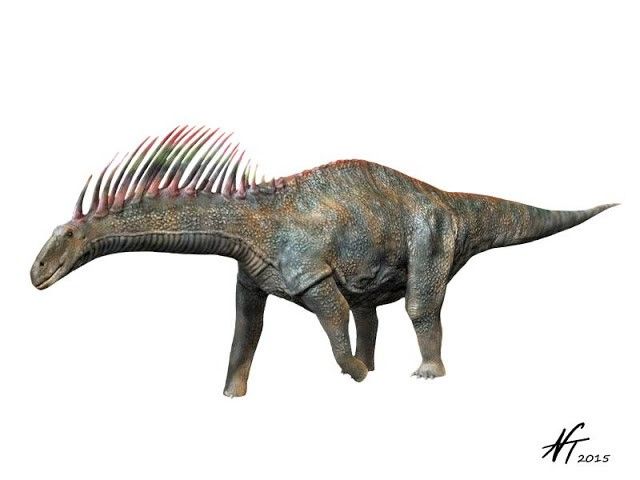
The first type is Diplodocoidea, which include Amargasaurus, Apatosaurus and Diplodocus. Diplodocoidea had small heads and fairly flat backs. While they had long necks, they did not eat high leaves. Instead, they kept their heads at roughly the height of their backs or lower so they could swing them back and forth as they ate small plants at their eye level or below. Diplodicoidea necks should be mostly straight, and their heads should not rise much above their shoulders.
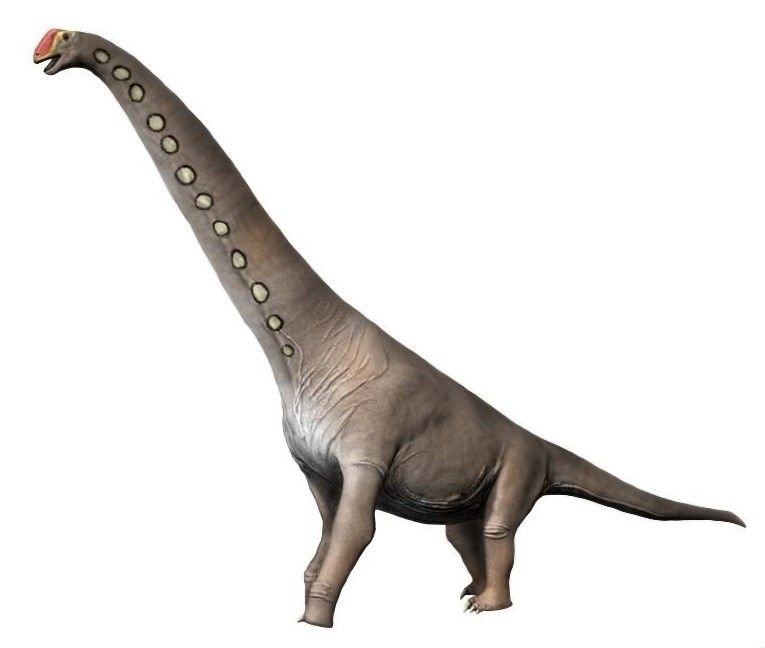
Another type of sauropod is Macronarians, which include the Brachiosaurus and Camarasaurus. Macronarians had boxy heads, and their front legs were longer than their back legs. These dinosaurs did raise their necks high, but they didn’t have dramatic swoops in their necks. Their necks flowed gently from the angle of their back without a sharp bend at their shoulders.
Counting on the Stegosaurus
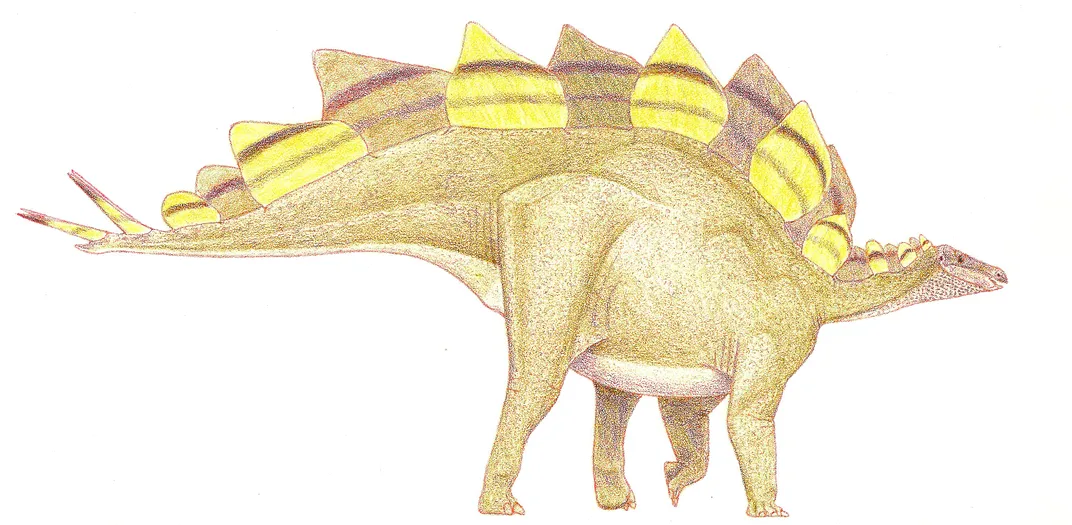
Another fan favorite is the Stegosaurus. It’s back plates and tail spikes give it a recognizable look. But many products fail to show the signature back plates accurately.
Stegosaurus should have 17 or 19 plates, depending on the species. The more well-known species, Stegosaurus stenops, had 17 plates. Scientists have fewer individuals from the second species, Stegosaurus ungulates, to study, but they believe the species had 19 back plates.
Bonus tips
For all of these species and dinosaurs in general, the tail should not be dragging along the ground. Fossils show that dinosaurs had stiff tendons and muscles that would have held tails aloft.
For books, you can check if it has a Smithsonian seal on it. If it does, we’ve approved its content for scientific accuracy. If it lacks the seal, checking the above details is a quick way to judge if it might be outdated or full of inaccurate or misleading information.
Looking for these details will help you pick products that reflect current scientific knowledge and aren’t just fictionalized dragons masquerading as dinosaurs. Don’t short change the dinosaur-lover in your life. Be choosy when selecting the products that you buy so your gift can be both fun and educational.
Related stories:
An Elegy for Hatcher the Triceratops
Q&A: Smithsonian Dinosaur Expert Helps T. rex Strike a New Pose
A Smithsonian Dino-Celebrity Finally Tells All

